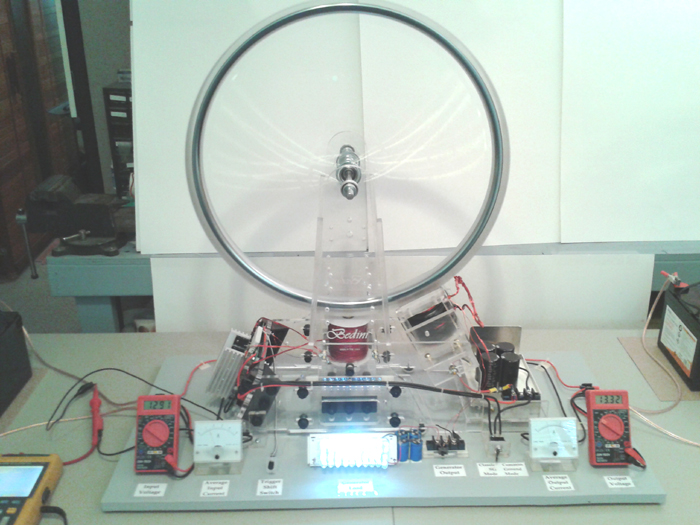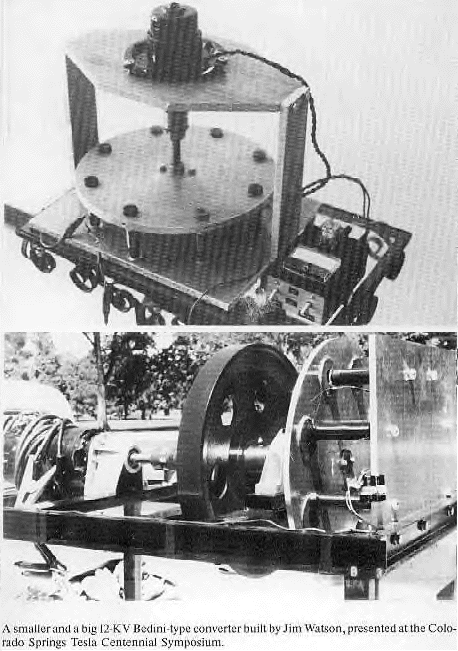posts moved
All the off topic posts were moved here: http://www.energeticforum.com/free-e...d-dispute.html
Chet, Carroll, etc. are welcome to comment there on those subjects.
All the off topic posts were moved here: http://www.energeticforum.com/free-e...d-dispute.html
Chet, Carroll, etc. are welcome to comment there on those subjects.




Comment